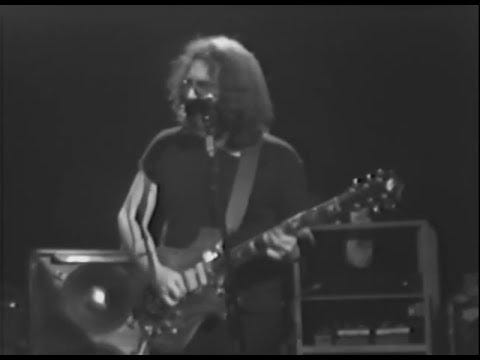The other night while I was preparing to cook chili, I was listening to Anthem of the Sun, a 1968 album by the Grateful Dead. The spaciness of the five-song, 38 minute album offered an interesting counterpoint to chopping the green peppers, slicing the garlic, dicing the onion. Only when the beef was browning and I sipped my iced tea did I notice that the last cut, "Caution (Do Not Stop On Tracks)," a live tune that features mostly improvised words by the late great keyboard player Pigpen, was losing my attention after about eight minutes. But it had been so long since I listened to Anthem, and have so many dozens of better Grateful Dead albums and concerts to listen to, that I figured I might never have a chance to get to the end of this nine and a half minute track, from the Rhino/Warner Bros. 50th anniversary edition remastered (2018) again.
Anthem is a real relic, the Dead's second studio album in which they were continuing to futilely adapt their live sound to the studi…
Keep reading with a 7-day free trial
Subscribe to Critical Conditions by Wayne Robins to keep reading this post and get 7 days of free access to the full post archives.



